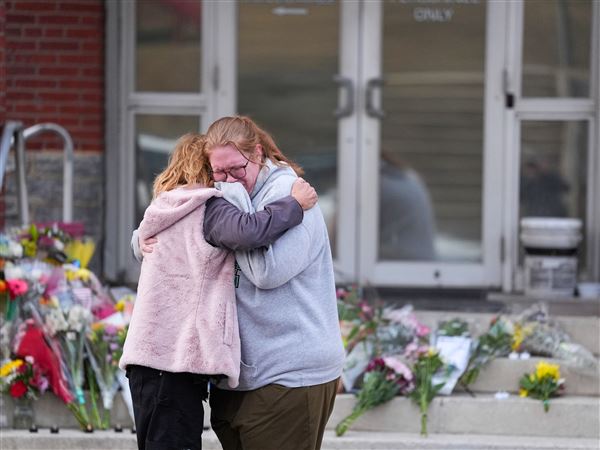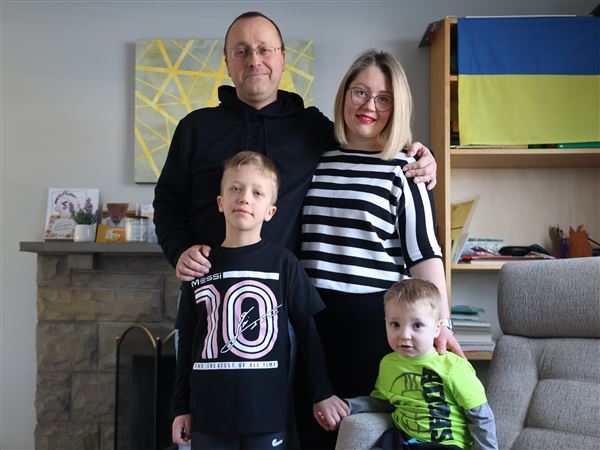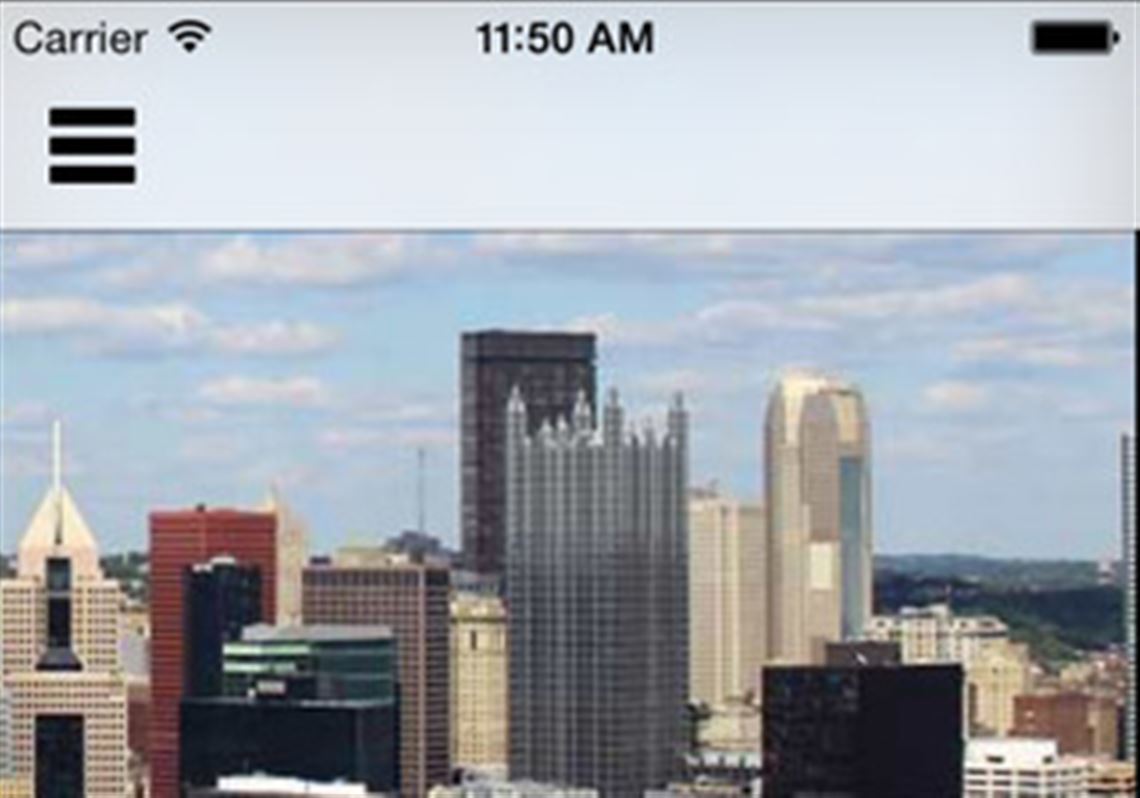A new app and software should help Pittsburgh residents and employees better track non-emergency requests — like filling that pesky pothole that could swallow a car — through the 311 system, the city announced Friday.
Mayor Bill Peduto’s office and the Department of Innovation & Performance unveiled the app “MyBurgh” and a new software system expected to improve customer service and increase efficiency for 311 operators and employees, from departments such as Public Works, Permits Licenses & Inspections and the police bureau, who respond to requests from the public
The app, which is free to iPhone and Android users, allows users to capture location by GPS, track the progress or completion of a 311 job and upload pictures and .pdf files. MyBurgh also provides information from the city, such as press releases, contact information, garbage and recycling pick-up and seasonal information such as snow plow tracking and snow resources.
“As you can imagine, we are very anxious to replace those with the spring Citiparks schedule,” 311 manager Wendy Urbanic said.
Requests can still be submitted by calling 311, online at pittsburghpa.gov/311/form, where residents can create their own account, or by sending a Tweet to @Pgh311.
Most 311 requests start as phone calls, and the new Customer Relationship Management software will give callers the option to receive updates on their request, Ms. Urbanic said.
311 received 94,712 calls in 2015 — up 56 percent from 2013 — and had a drop-call rate of less than 1 percent, coming in below the industry standard of 5 percent, she said.
It processed 84,018 service requests in 2015; 60,311 in 2014; and 36,935 two years ago, according to city data.
The app and upgrades are part of a three-year, $162,600 contract approved by City Council and the mayor in October 2014, according to the mayor’s office.
“From the snow plow tracker to this new app, the City of Pittsburgh is continuing to make customer service to taxpayers, increased efficiency, and transparency about our operations the cornerstones of city government,” Mr. Peduto said in a statement.
Previously, a request had to be processed by a 311 operator, who sent information to the appropriate city department, where clerks printed the requests for city crews to respond, entered information on the response into a database and sent it back to 311, the city said.
“It was paper-based. Post-it Notes. If you lose the Post-it Note, then we lose the service request, and you as the customer would be irate. And you have every right to be, because why are we writing it on a Post-it Note that could be lost? Why can’t you keep track of it?” said Debra Lam, chief innovation and performance officer.
“And so now, we have a centralized database where we can be held accountable, and we know exactly the minute that you called, where you’re calling from and what the issue is. And then we can track it, and we can respond to you in a timely fashion so we can manage your expectations on when the service request can be completed.”
The new system improves work flow by merging three databases into one, creating better mapping, and integrating county real estate and voter registration website information, according to the city. It also makes life easier for workers responding to 311 requests by linking requests for the same issue, providing mapping for efficient routing and allowing them to update the requests in the field.
“We are working on getting iPads deployed in the field, and that’s going to cut down on our response time even more significantly,” Ms. Urbanic said, adding that within a month, 311’s Twitter feed will also be integrated with the software.
Lexi Belculfine: lbelculfine@post-gazette.com or 412-263-1878. Twitter: @LexiBelc.
First Published: March 11, 2016, 3:01 p.m.
Updated: March 11, 2016, 3:07 p.m.

















